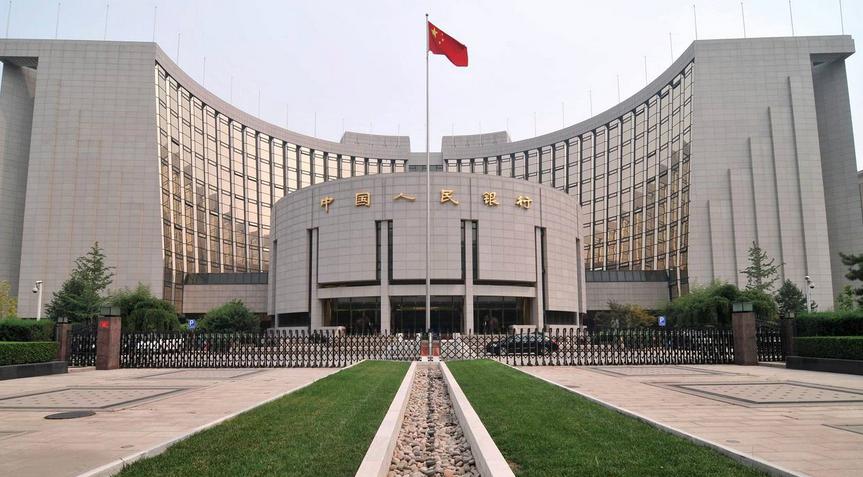Introduction
Reserve ratio is the amount of cash a bank must keep in its bank vaults or deposit into a central, governing bank. The percentage is based on the bank’s total deposits.
What is Reserve Ratio
The reserve ratio is the portion of depositors’ balances that banks must have on hand as cash. This is a requirement determined by the country’s central bank, which in the United States is the Federal Reserve. The reserve ratio affects the money supply in a country at any given time.
Governments often use reserve requirements as a control over the money supply. The basic money supply of most countries is made up of cash plus the total of all bank demand deposits. The reserve ratio creates a multiplier effect on the cash. When a person deposits 1,000 in the bank, the bank is not required to keep all of that 1,000 on hand in case the depositor wants it back later – the bank is only required to keep a portion on hand. The percentage of cash the bank is required to keep (and thus not lend out) is the reserve ratio.
Assume ABC Bank has total deposits of 2 billion and the reserve ratio is 12%. This means that ABC is required to keep 240 million in cash reserves. In most developed countries, the majority of the cash reserve is kept at the central, governing bank, and a fraction is in the bank’s own vaults. The cash is transferred between the two based on daily cash needs.
In the United States, the Federal Reserve controls the reserve ratio requirements. Currently, banks with deposits of less than 14.5 million have zero reserve requirements. For banks with deposits between 14.5 million and 103.6 million, the reserve requirement is 3%. It’s 10% for banks with deposits exceeding 103.6 million.
What is the ‘Reserve Ratio’ used for
Purpose and Functions (1994) describes how a change in the reserve requirement ratio affects bank credit and the money stock.Reserve requirements are the percentage of deposits that depository institutions must hold in reserve and not lend out. For example, with a 10 percent reserve requirement on net transaction accounts, a bank that experiences a net increase of 200 million in these deposits would be required to increase its required reserves by 20 million. The bank would be able to lend the remaining 180 million of deposits, resulting in an increase in bank credit. As those funds are lent, they create additional deposits in the banking system. The increase in deposits affects the money stock, because it is measured in several ways that primarily include various categories of deposits and currency in the hands of the public.
Increasing the (reserve requirement) ratios reduces the volume of deposits that can be supported by a given level of reserves and, in the absence of other actions, reduces the money stock and raises the cost of credit.
Decreasing the ratios leaves depositories initially with excess reserves, which can induce an expansion of bank credit and deposit levels and a decline in interest rates.
The volume of net transaction deposits held by all depository institutions is large, 566.5 billion, as of June 2001 (see table and H.6 Release). Thus, even a small change in the reserve requirement ratio may have a relatively large effect on reserve requirements and the money stock.
为了解释的更清楚一点,开始彪汉语了,以下内容摘自知乎彭牧的回答,详见引用。
1,法定准备金率存在的意义,是为了防范风险。对于银行而言,贷款放出去的越多,他们赚的利息就越多,所以银行为了多赚钱,会尽量多的放出贷款,这个很好理解。而由于银行的特殊性质,当经济危机出现,银行破产时,整个社会都要为银行带来的损失买单,所以监管机构需要严格监控银行的贷款行为,存款准备金是最基本的保障,它可以保证银行在绝大多数情况下不会提不出钱,不过经济危机时,储户恐慌性提款,还是能把银行提空。
2,法定准备金率对于宏观经济的影响。举个例子,在极简情况下,lz是一家银行,有储户存了100块钱在lz手里,准备金率10%,那么lz就需要把10块钱放在知乎管理员手中(中央银行),另外90块钱lz作为贷款放出,流入市场(这是最简情况,实际中还要考虑银行的额外准备金率e),这90块钱经过各种途径(企业、个人),最后又会回到银行体系中(这是最简情况,实际中还要考察企业及个人留在手中的资金,即现金比率c),比如90块钱存进了1楼银行,那么1楼银行要把90块钱的10%,即9块钱放入直呼管理员手中,另外81块又当做贷款放出,如此反复,最后市场上流通了100+90+81+。。。。根据无穷级数的公式,最后结果是1000.即100块钱的存款,实际产生了1000块钱的流通货币,货币乘数是10,即1/10%,存款准备金率的倒数。这样,当存款准备金率下调0.1%时,比如从10%下降到了9.9%,那么货币乘数从10涨到了11.11。如果银行体系中有4万亿的存款,那是什么概念?领导一句话,存款准备金率降低0.1%吧!结果,市场上平白无故多出了4.44万亿元!(实际情况不会这么夸张,需要考虑e和c以及定存活期的区别)。所以,存款准备金率是很有力度的调控指标,央行也轻易不敢动它。
Conclusion
说白了,准备金就是平台留存的钱。100%准备金率就是用户存100块,平台必须保留100块;10%就是存100块,平台可以只保留10块,另外的90块可以做别的事情,通常银行通过放贷等进行盈利,所以银行需要拼命吸储。
贮备金存在的意义:1.防范风险;2调控宏观经济
Declaraction
本文100%为组合,0%为原创,详见引用
Reference
http://www.investopedia.com/video/play/reserve-ratio/#ixzz4TPwLn2Xv
http://www.economicshelp.org/blog/67/money/money-multiplier-and-reserve-ratio-in-us/
https://www.zhihu.com/question/19944185/answer/15064686
